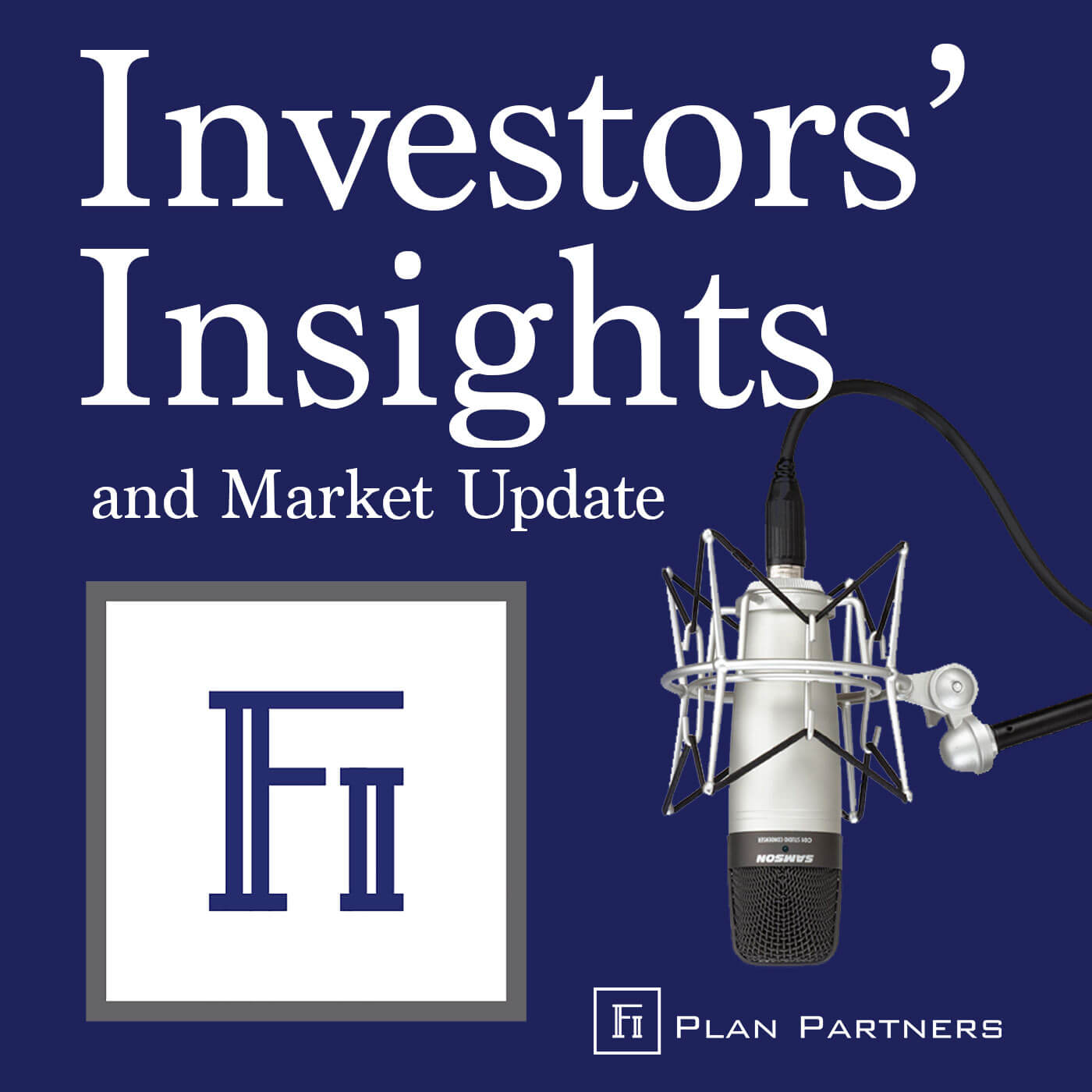- After-Shows
- Alternative
- Animals
- Animation
- Arts
- Astronomy
- Automotive
- Aviation
- Baseball
- Basketball
- Beauty
- Books
- Buddhism
- Business
- Careers
- Chemistry
- Christianity
- Climate
- Comedy
- Commentary
- Courses
- Crafts
- Cricket
- Cryptocurrency
- Culture
- Daily
- Design
- Documentary
- Drama
- Earth
- Education
- Entertainment
- Entrepreneurship
- Family
- Fantasy
- Fashion
- Fiction
- Film
- Fitness
- Food
- Football
- Games
- Garden
- Golf
- Government
- Health
- Hinduism
- History
- Hobbies
- Hockey
- Home
- How-To
- Improv
- Interviews
- Investing
- Islam
- Journals
- Judaism
- Kids
- Language
- Learning
- Leisure
- Life
- Management
- Manga
- Marketing
- Mathematics
- Medicine
- Mental
- Music
- Natural
- Nature
- News
- Non-Profit
- Nutrition
- Parenting
- Performing
- Personal
- Pets
- Philosophy
- Physics
- Places
- Politics
- Relationships
- Religion
- Reviews
- Role-Playing
- Rugby
- Running
- Science
- Self-Improvement
- Sexuality
- Soccer
- Social
- Society
- Spirituality
- Sports
- Stand-Up
- Stories
- Swimming
- TV
- Tabletop
- Technology
- Tennis
- Travel
- True Crime
- Episode-Games
- Visual
- Volleyball
- Weather
- Wilderness
- Wrestling
- Other
Markets, Elections, and China
China Lockdowns Over the weekend, following the data on Black Friday and holiday shopping, we received news regarding major China protests, across the country, against Covid lockdowns and poor working conditions. That news has riled Asian markets and has hit certain sectors of our market. Indirectly, our entire ecosystem is connected to China, with them being a large part of our supply chain. We are seeing companies within certain sectors of the market hurting today due to their large presence in China. The energy market is down because of the thought of these protests. One would think that since they are protesting the lockdowns and negative working conditions, there may be a change for the better to follow. However, the markets are telling us the exact opposite. The government will likely crack down on these issues, causing the lockdowns to be more severe, less usage of commodities and energy, less working, worse working conditions, and less productivity. The news is reporting on how these protesters are gaining steam and getting more attention than normal, but the market is saying the opposite. The market is saying that these protesters are likely going to have more negative, severe consequences on the other side, which affects demand for a lot of products globally. This is not something that will necessarily impact us today and is not something that we were expecting to be a big news event, but it is something that we feel needs to be watched very closely moving forward. Historical Markets The midterm elections are mainly over and what we are looking at is a Democratic Senate and a Republican House with a Democratic President. On a recent episode, we discussed two scenarios that we thought were most likely to play out heading into the midterm elections. One of the charts shown in this episode is from early November when we said one possible outcome of the elections was a Republican sweep with a Democrat President. The other possible outcome we estimated was a Democratic Senate with a Republican House. As it turns out, the latter has become a reality. On another chart shown in this week’s episode, you will see the average annual performance, going back to 1933 when we had this kind of layout in the political landscape, was better than with a Republican Congress and a Democratic President. The market’s annual performance was the second best, coming in at 13.6% for that timeframe. We thought this was something to keep an eye on and it’s great that it played out how we thought it would. Every year since 1942 the market has been up an average of 15% for the twelve months following a midterm election. Of course, there’s no guarantee and historical returns don’t mean future returns, but it’s still good data to look at it while we are dealing with inflation, recession talk, and other negative things out there. An average of a 15% gain and nothing negative to report from the past midterm election years gives us a little more positivity when it comes to the political landscape and how it’s associated with the markets. This is data that we provided in other episodes throughout the year as we navigated through the volatility of the markets, and we will continue to stick with that as we watch things. You can always have a surprise, but this is the kind of data we want our clients to know about that we’re looking at in relation to their portfolios and the markets. Greg Powell, CIMA®<br /> President and CEO<br /> Wealth Consultant<br /> Email Greg Powell here Trey Booth, CFA®, AIF®<br />

